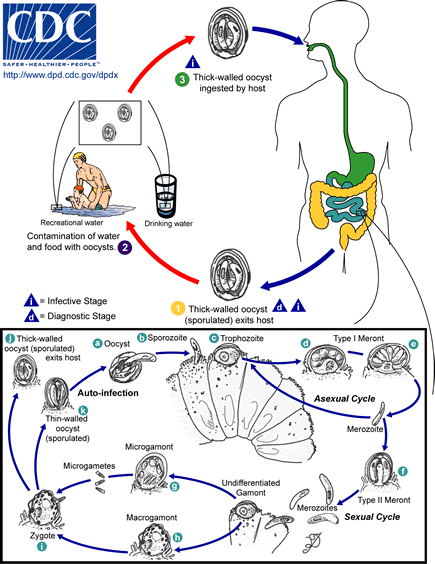Greenhouse gases are gases that capture heat in the atmosphere
and they include water vapor, carbon dioxide, methane, nitrous oxide, fluorinated
gases, and ozone. Each of them can stay in
the atmosphere from a few years to thousands of years. In the atmosphere, these
gases combine and cause significant effects on human health around the world.
Human activities change and accelerate the effects of greenhouse
gases through
•
Burning of natural gas, coal and oil, including gasoline for
automobile engines, increases the level of carbon dioxide in the atmosphere.
•
Certain farming practices and changes in land operation increase
the levels of methane and nitrous oxide.
•
Industrial gases that do not occur
naturally significantly contribute to the greenhouse effect.
•
Deforestation leaves fewer trees to
perform significant function.
•
Population growth due to increase people’s use
of fossil fuels for heat, transportation, and manufacturing, all of which
increase the level of greenhouse gases continues to increase. Increased farming
to feed millions of people around the world result in emission of more
greenhouse gases to the atmosphere.
Global Greenhouse
Gas Statistics
In 2012, the study
indicated that the burning of fossil fuels and increased deforestation of
native forests has resulted in a 40% increase in the atmospheric concentration
of carbon dioxide.
Global Greenhouse Gas
Emissions
Global Greenhouse Gas Emissions by Source
Greenhouse Effects on Human Health
People with asthma and other lung
problems are at risk from increasing ground-level ozone due to particulate air
pollution that resulted from increase carbon dioxide. Also significantly
affected by greenhouse gases are elderly persons who present with heart and
lung problems, young children, and homeless people. At greatest immediate risk,
the computer modeling study contended, are cities that are already experiencing
a high degree of air pollution.
Greenhouse Gas Prevention Alternatives
§ Resort to using renewable
energy.
§ Go green with technologies,
including power plants and transportation.
§ Continue searching new
options for electricity production.
§ Planting more trees.
References:
http://www.epa.gov/climatechange/ghgemissions/global.html
http://www.acs.org/content/acs/en/climatescience/greenhousegases.html
https://search.yahoo.com/search
http://environment.about.com/od/globalwarming/a/greenhouse.htm
http://en.wikipedia.org/wiki/Greenhouse_effect#mediaviewer/File:The_green_house_effect.svg










